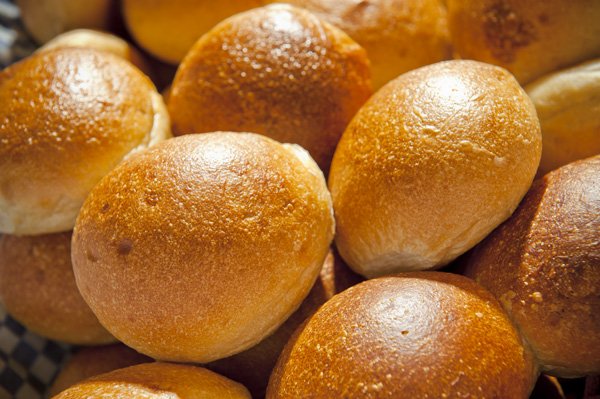Stellar is gearing up for the International Baking Industry Exposition (IBIE) in October, and gluten-free baking continues to be one of the hot industry topics this year. The gluten-free food segment is projected to reach $4.8 billion by 2021. So, where does your plant fit into the gluten-free market?
You can manufacture gluten-free foods in a facility that already produces gluten products, but a shared facility can present challenges. The differences between traditional and gluten-free products may call for modified steps in the production process to reduce the risk of cross-contamination. Plus, your plant must adapt to the different textures of gluten-free dough and batter.
Here’s how you can adjust your bakery plant’s processing and distribution to combat four common gluten-free nuances:
1. Testing different gums and flours
Producing high-quality gluten-free products can be tricky. Gluten creates a continuous protein network, which gives dough a soft texture and helps it rise in the oven. Therefore, creating a gluten-free baked product with comparable volume and texture can require some experimenting. Manufacturers have tested various substitutes for gluten-rich wheat flour, including starchy flours. Some of these alternative flours have been made from:
- Banana
- Coconut
- Corn
- Potato
- Rice
- Tapioca
The starch in these flours can add bulk and body to gluten-free breads, but additional gums and celluloses are usually needed to give it a softer texture and smoother consistency.
A number of food technologists and manufacturers have developed mixtures of various substitute flours as a solution that doesn’t require adding as many additional ingredients. Of course, these combinations vary depending on the baked good you’re producing. Testing and finding the right gluten substitute for your product is the key to proper consistency and a quality final product.
2. Modifying traditional mixing and processing methods
You shouldn’t assume that a gluten-free product will run properly on your current manufacturing lines. The distinct characteristics of raw gluten-free products compared to their gluten-full counterparts likely require alternative mixing, handling and processing equipment.
Allergen-friendly ingredients can create a mixture that is much different than traditional dough. This is especially true for gluten-free bread dough, which will process differently on your equipment. Gluten naturally contains a high level of water hydration, so some alternative flours will yield a thinner, more batter-like mixture that may not divide easily.
Gluten-free breads and rolls must also be sliced at cooler temperatures due to the texture difference. To minimize crumbling during slicing, account for additional cooling time to reduce the product temperature 15-20° F compared to gluten breads.
Although adjusting ingredients and formulations can help, you may find you need to change your process altogether. Consider consulting with an expert to determine if equipment and design reconfiguration is the best option for your plant.
3. Shorter shelf-life
Using these alternative ingredients can affect a product’s longevity and freshness. For example, the high starch content in some substitute flours can reduce a gluten-free product’s shelf life. Some brands freeze their baked goods to expand the selling window, and other companies have even developed patented technology to help extend a product’s shelf life. Italian researchers also found that a water-soluble extract from amaranth—a grain naturally gluten-free—could reduce spoilage of gluten-free breads during long-term storage. A potentially shorter shelf-life is a crucial factor that will require planning and adapting.
4. Being flexible
Although, the gluten-free food segment has experienced tremendous growth in recent years, it’s still a developing market. Many gluten-free products are in their infancy, and a lot is changing to adapt to the market, including:
- Technology
- Equipment
- Recipes and formulations
To succeed in this space, your bakery plant must be one, willing to innovate and two, open to investigating new equipment options. Serving a specialty customer subset requires some flexibility from your plant, but it can pay dividends if done right.
Manufacturing and processing gluten-free products poses a unique set of challenges, from cross-contamination to segregation and product consistency. If you’re looking to integrate gluten-free products in your product line, ensure you keep the above best practices in mind to meet both the needs — and safety — of your gluten-free customers.




